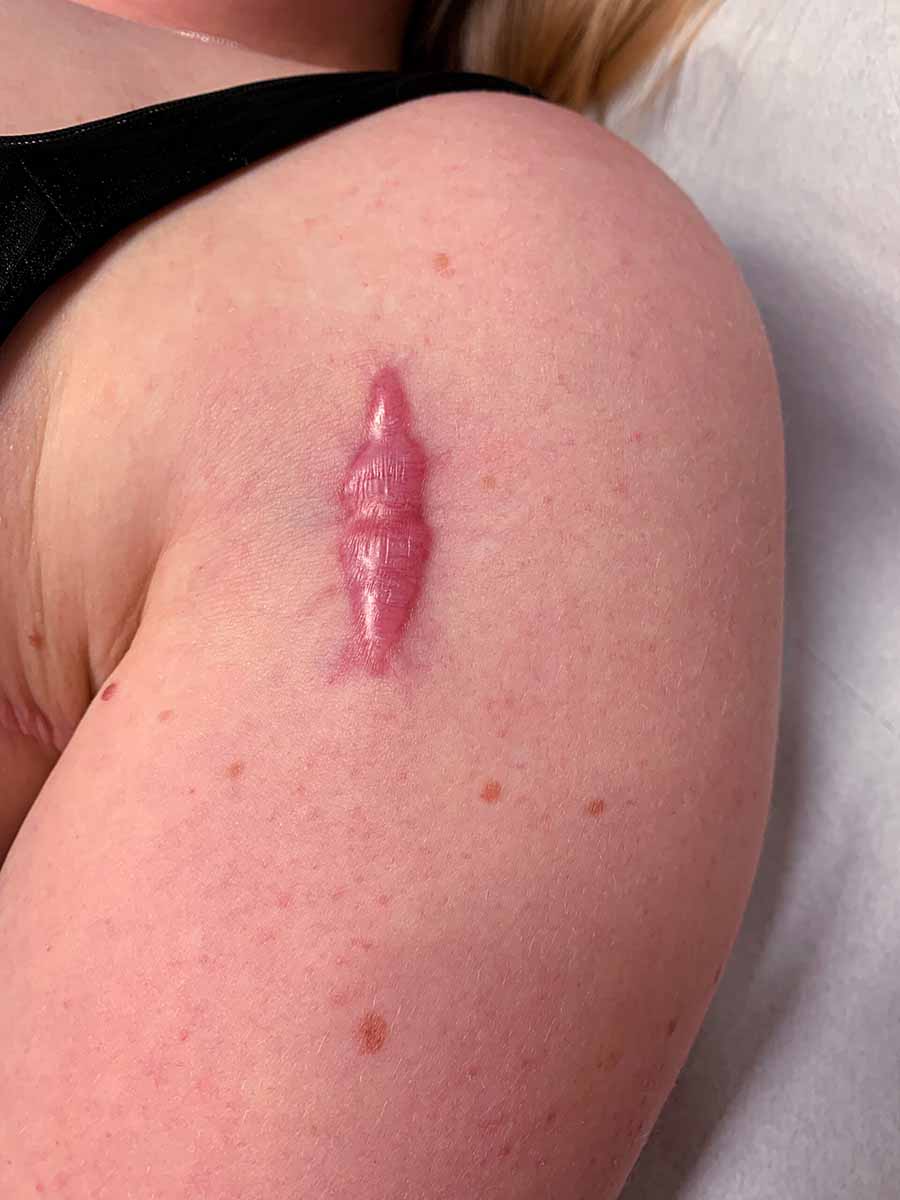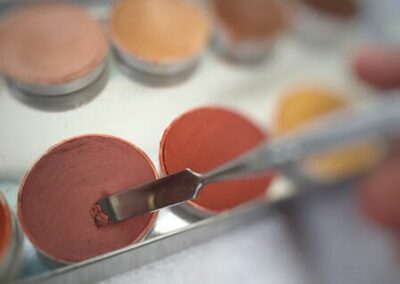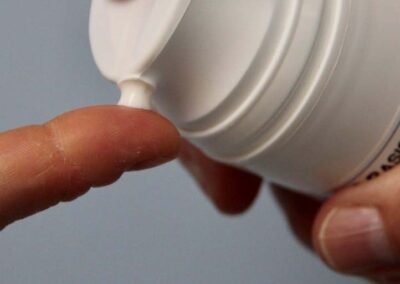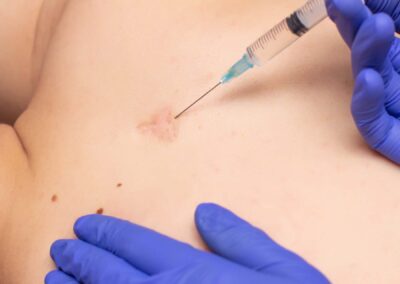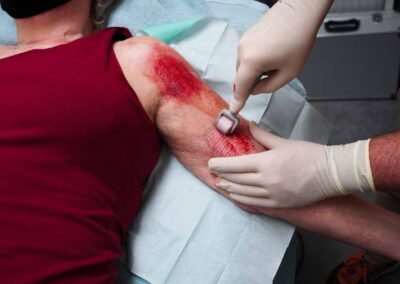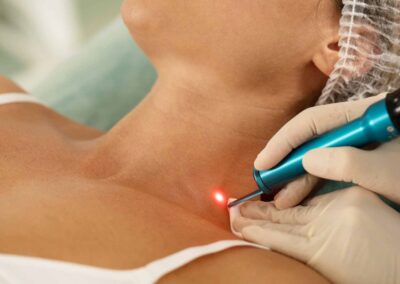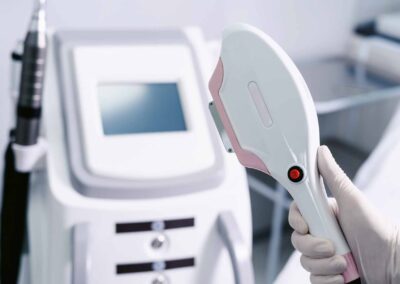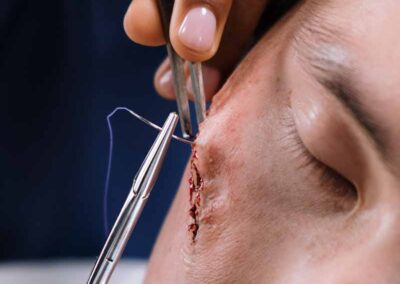Redness
Redness is seen almost immediately after any form of wounding, whether due to surgery, trauma or a burn. Typically, redness is due to the inflammatory…
Read moreFind a Scar Specialist for Redness
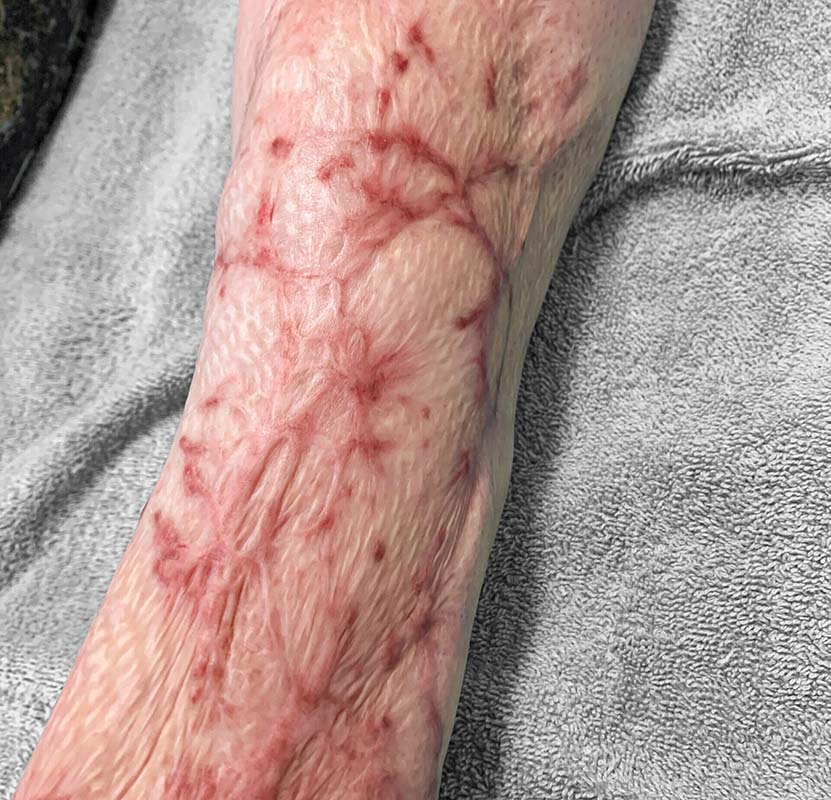
About Redness
Redness is seen almost immediately after any form of wounding, whether due to surgery, trauma or a burn. Typically, redness is due to the inflammatory response and the vasodilatation of blood vessels and an increase in their permeability. Most scars become less red at or approximately 7 months after wounding. However, significant numbers of scars, particularly as a result of excisional wounds, remain red still at 12 months. Persisting scar redness isn’t due to ongoing inflammation or infection but may be related to a combination of the overall number of blood vessels within the scar, speed and intensity of blood flow and the level of oxygenated haemoglobin. Scar redness is an important characteristic to assess because it shows how well the scar is evolving or maturing; it often also determines the type and dose of treatment.
Treatment options for Redness
More info about the categories
- Home Treatments: The major part of your scar treatment happens at home. There exists a wide variety of home treatments like pressure therapy, silicone, topicals etc…
- Non Invasive Treatments: Several scar management techniques performed by scar specialist have proven their efficacy and will help you to improve your scar.
- Minimally Invasive Treatments: These treatments have become increasingly popular over the last years. Highly visible results and short recuperation times are responsible for this popularity.
- Surgery: Reconstructive surgery is often seen as the last option after all other treatment options have failed. However, with burn scars it is often a necessary measure.
Below you will find an overview of all possible treatments. Click on the different categories to look for specific types of treatment.


